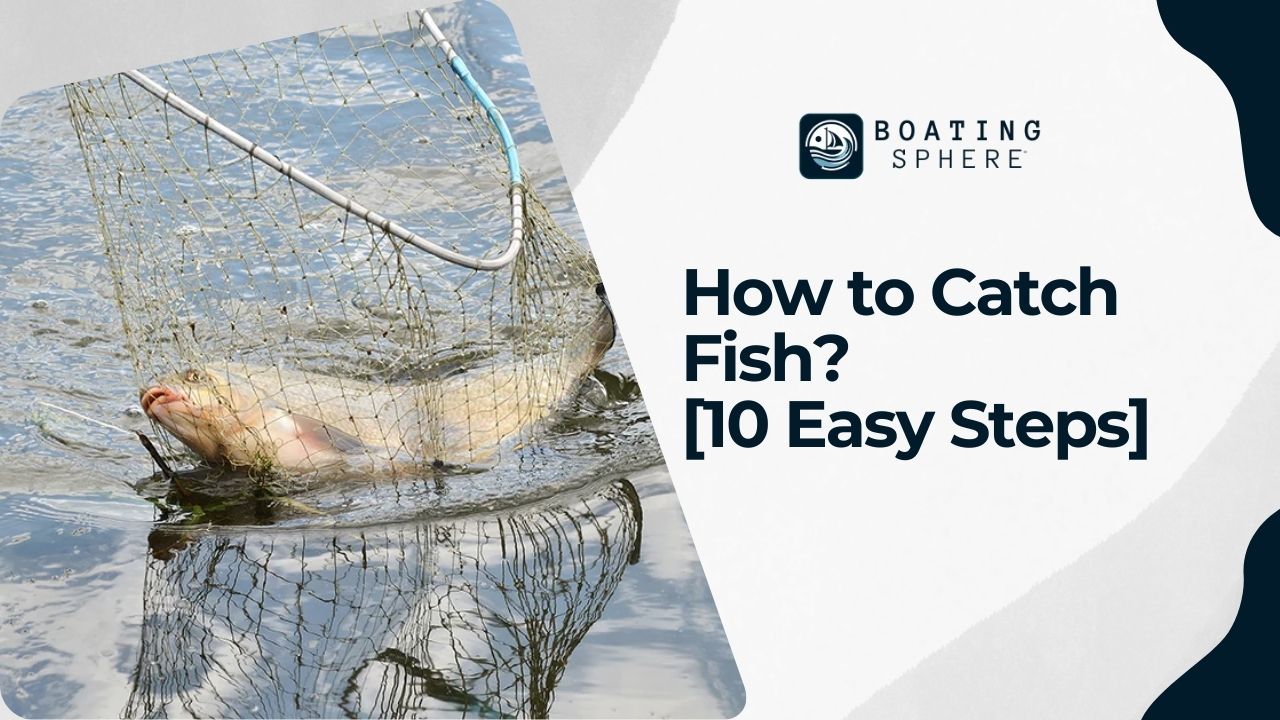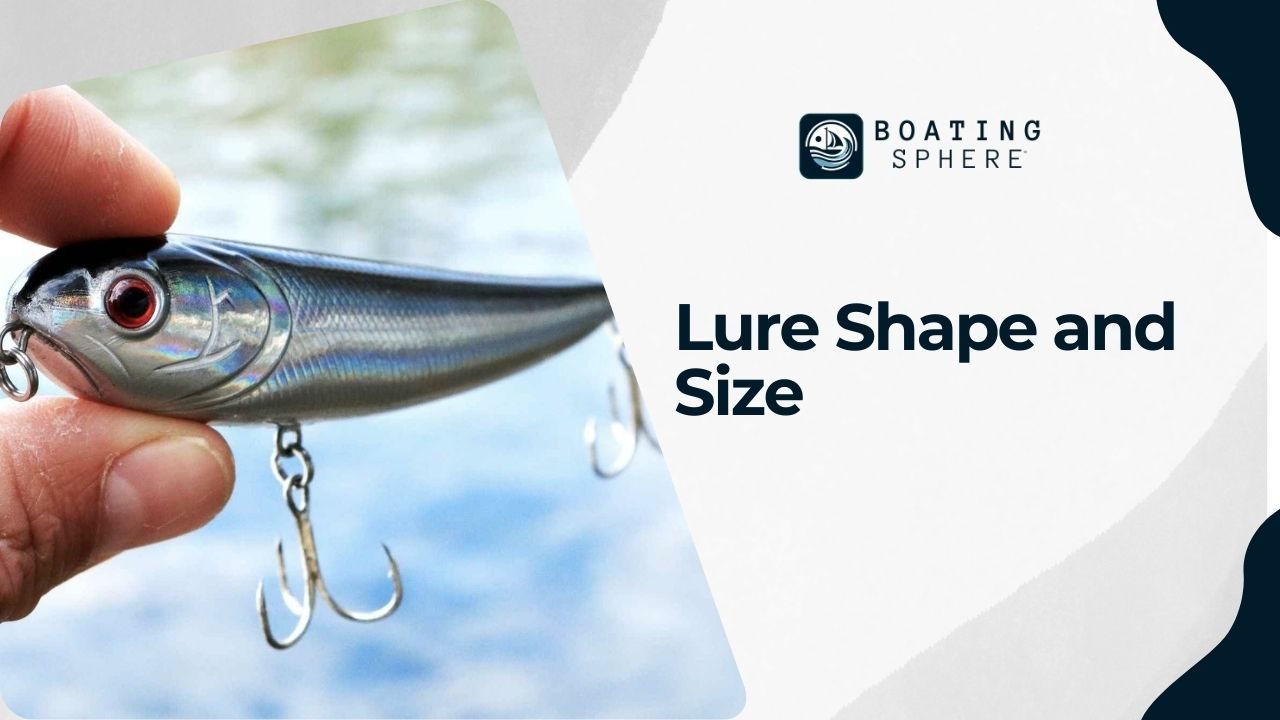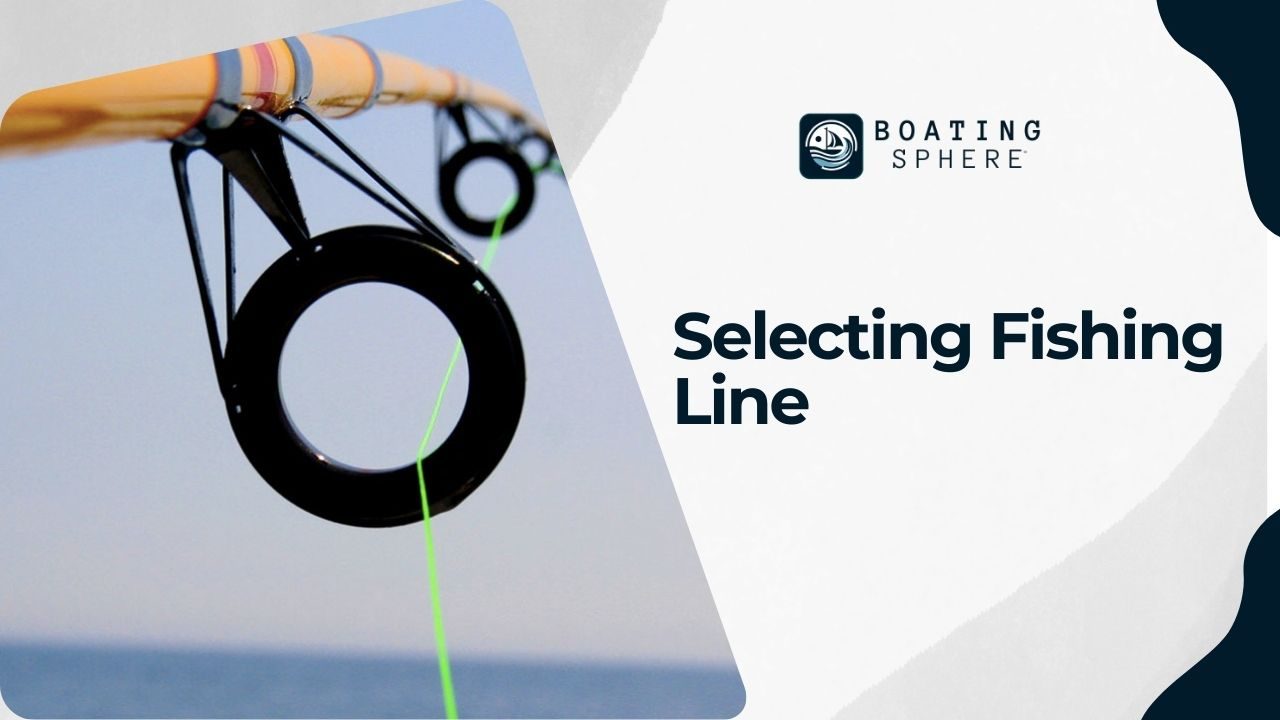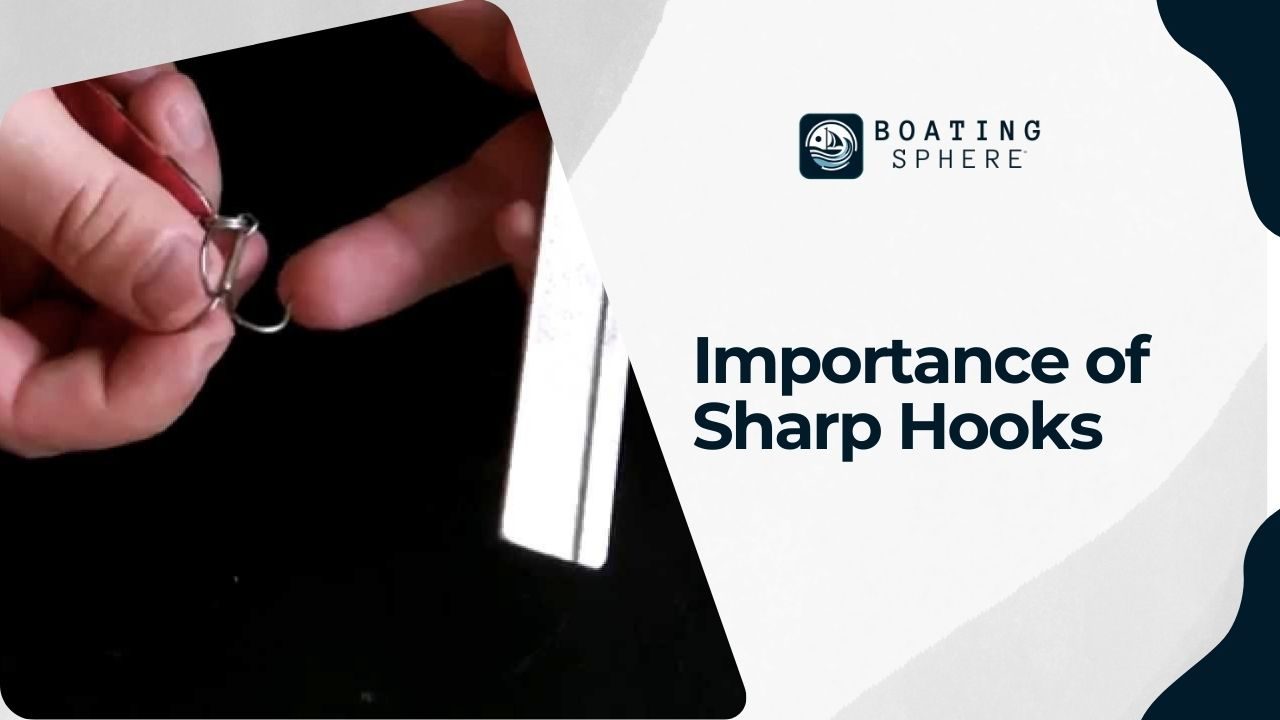Are you interested in learning about how to catch fish? Do you wish to increase your fish-catching skills? This guide covers everything from hook setting to selecting and maintaining your bait. For those looking to master fishing effortlessly, this segment has been crafted just for you.
10 essential fishing tricks for beginners:
- Align your lure’s color with the water’s hue.
- Select lure shapes and sizes to mimic natural prey.
- Choose fishing equipment that matches the size of your target fish.
- Ensure your lures mimic real fish movements when trolling.
- Pick your fishing line with care.
- Fish at dawn and dusk for the easy results.
- Pay attention to tides and currents.
- Always use sharp hooks, either by sharpening old ones or using new ones.
- Adjust your reel’s drag with a scale for accuracy.
- Research the fishing area before heading out.
How to Catch Fish? [10 Easy Steps]

Are you eager to increase your catch while fishing, succeed at trolling, and enjoy bottom fishing to the fullest? Absolutely, and remembering these ten essential tips will guarantee your success.
1. Lure Color Selection
Match your lure’s color to the water to increase your chances of catching fish. While fish preferences can vary daily, starting with a color that resembles the water’s can be effective. In green waters, lime or chartreuse lures are often successful. For clear waters, opt for white or pearl. In waters stained with tannic acid, root-beer-colored lures are usually effective.
2. Lure Shape and Size

Picking lures that resemble the fish’s natural prey (“match the hatch”) is crucial. When predators feed on small, slender fish like anchovies, choosing a lure that mimics these baitfish in shape and size is often more effective than larger, bulkier options. The lure’s profile and length are critical, as fish may ignore lures that don’t resemble their current prey.
3. Choosing the Right Fishing Gear
It’s important to use fishing gear that is appropriate for your target fish’s size. Avoid the temptation to employ a one-size-fits-all approach with rods and reels. For example, a 12-pound-class casting reel may be great for bass but too heavy for black crappie, which prefer smaller jigs and spinners. Similarly, an ultralight setup suitable for crappie won’t withstand a large largemouth bass. Selecting gear specific to your target species is more effective than compromising with general-purpose equipment.
👀Look at this: The Best Small Fishing Boat Brands
4. Trolling Techniques
For successful trolling, which involves moving slowly in a boat while dragging lures behind, check how your lures behave in the water before fully deploying them. Hold them close to the ship to ensure they move naturally. If they don’t, adjusting your speed might be necessary—speed up if they’re sluggish or slow down if they’re driving erratically. This ensures your lures appear alive to fish and helps identify any tangled, damaged, or not swimming correctly.
5. Selecting Fishing Line

With vast fishing lines available, choosing the right one is crucial. Generally, braid lines, known for their sensitivity and strong hook-setting capability, are preferred for lure fishing. Monofilament lines, which stretch and have less sensitivity, are better suited for bait fishing, allowing fish to nibble without feeling resistance immediately.
6. Optimal Fishing Times
The best fishing times are typically early morning and late evening, coinciding with dawn and dusk. Fish are generally more likely to bite during the coolest hours of the day and in sunlight. During midday, especially in summer, seek out shaded areas where fish gather to escape the heat. Cloud cover can enhance fishing conditions by providing a break from direct sunlight.
7. Understanding Tides and Currents
For saltwater fishing, the timing of tides and currents plays a pivotal role in fish activity and feeding patterns. Water movement associated with tides can significantly affect where and when to fish. Educating yourself on these dynamics can improve your fishing success.
8. Importance of Sharp Hooks

Ensuring your hooks are sharp, whether using new or sharpening old ones, is fundamental. Dull hooks compromise fishing success, as sharp hooks are more likely to secure a fish. Checking the sharpness of your hooks and maintaining them before each fishing trip can help you catch more fish.
9. Setting Reel Drag Correctly
Properly setting your reel’s drag is essential for effective catch-and-release fishing. Instead of relying on guesswork, use a hand scale to adjust the drag to one-third of your line’s breaking strength. This method allows the fish to pull the line without the risk of it snapping, so the fish is safe during the fight, and you have a better chance of a successful catch.
10. Conduct Pre-Fishing Research
Before you head out, dedicate time to pre-fishing research. Fishing techniques vary greatly across different environments and species, each with unique strategies and nuances. Explore articles and guides on fishing tips tailored to specific fish species and methods to enhance your understanding and approach.
In Summary
Embarking on the fishing journey can seem daunting. While casting a line might appear simple, mastering the art of angling requires much more. Fishing, after all, is named for the pursuit rather than the guarantee of success.
The main hurdles for novice anglers include:
- Locating fish.
- Selecting the appropriate tackle.
- Employing the most effective techniques for catching fish with that tackle.
This guide is designed to simplify these challenges, providing clear, step-by-step instructions for your initial fishing adventures. Our team of seasoned fishing guides offers precise recommendations on gear and tactics to ensure you begin catching fish immediately, all while keeping costs manageable.
Was this page helpful?

